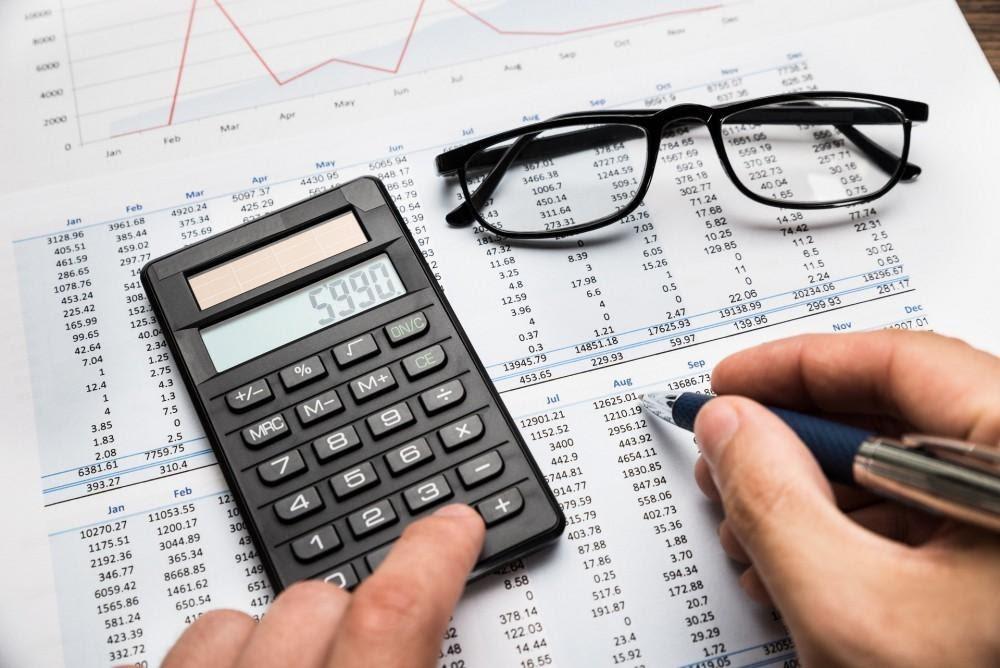15 Oct Difference Between Fixed & Movable Assets Accounting Duke
Keep in mind that, for reliable accounting procedures, it is always best to calculate specific depreciation rates for all your fixed assets. Once the asset’s value entirely depreciates and it completes its useful life, the last step is its disposal. Recording disposal is as important as entering data about a new purchase.
At the end of their lifecycle, fixed assets are often converted into cash. A company’s balance sheet statement includes its assets, liabilities, and shareholder equity. Assets are divided into what is work in process inventory current assets and noncurrent assets, the difference of which lies in their useful lives. Current assets are typically liquid, which means they can be converted into cash in less than a year.
What is a fixed asset in accounting?
Buildings and any improvements to the inside or outside are also fixed assets. For example, a tenant may need to remodel the interior and pave the parking lot of a leased building. Depreciation is the process of allocating the cost of the asset to operations over the estimated useful life of the asset.
What are fixed assets under IFRS?
A fixed asset is property with a useful life greater than one reporting period, and which exceeds an entity's minimum capitalization limit.
Impairment usually concerns any sudden loss or damage to the assets due to unexpected circumstances. If your company assets undergo impairment, then you have to document this change in the financial statements as well. A fixed-asset accountant is usually a certified public accountant (CPA) who specializes in the correct accounting of a company’s fixed assets. Fixed-asset accountants often work with other accounting roles to calculate asset depreciation. They also ensure that accounting departments record and track assets correctly as well as handle tax accounting requirements for fixed assets. Fixed assets are company-owned, long-term tangible assets, such as forms of property or equipment.
2. Depreciation
This means that its recorded value on the balance sheet is adjusted downward to reflect that it is overvalued compared to the market value. Running regular fixed asset accounting reports helps business owners stay aware of what fixed assets they own and their value, and to keep track of any routine maintenance. When it comes to a fixed asset, accounting procedures are slightly more complex than for current assets. Since fixed assets have value over multiple years, their long-lasting utility needs to be reflected in the bookkeeping.

These “ghost assets” will need to be removed from the asset register in order to preserve up-to-date fixed asset transactions. This is why it is imperative that you run these reports on asset records regularly. You will also get an idea of whether or not your asset purchases are within your budget. There will be several reports you’ll want to run regularly to ensure you prevent waste, improve asset utility, and maximize ROI for your business. You’ve purchased a tow truck or logging equipment with Coastal Kapital.
What is fixed asset accounting?
You get accurate and compliant results, with the traceability as well as time-sensitive depreciation. Along with this, there is a debit entry to the specific fixed asset account. This cost can also include any other overheads incurred, including freight charges, sales tax, installation charges, and so on. You can generate several fixed asset accounts to accommodate equipment, machinery, land, and vehicles. Fixed assets refer to long-term tangible assets that are used in the operations of a business. They provide long-term financial benefits, have a useful life of more than one year, and are classified as property, plant, and equipment (PP&E) on the balance sheet.
After seven years, the table’s book value would equal its salvage value of $400. However, in practice, most accountants assume the salvage value is negligible and simply ignore it. Turns out, we capitalize everything – the purchase price of the table, the contractor fee, and the shipping cost.
What are Examples of Fixed Assets?
A typical policy sets a dollar threshold under which an asset or group of assets are not capitalized. Rather, asset purchases under the specified amount are expensed in the period they are purchased and not recorded as fixed assets. Without property, plant, and equipment, most companies wouldn’t function or generate any revenue. This article answers the most important questions regarding fixed assets in accounting. If the car is being used in a company’s operations to generate income, such as a delivery vehicle, it may be considered a fixed asset.
Generally, the higher the fixed asset turnover ratio, the more efficient the company is since it implies more revenue is created per dollar of fixed assets owned. Fixed asset accounting is an intricate process that requires a lot of attention to detail. In order to maintain precise financial reports, firms need to oversee all work processes regarding fixed asset usage.
What are 6 examples of fixed assets?
- Land: Land used for business operations is a fixed asset.
- Buildings and factories:
- Furniture and fixtures:
- Leasehold improvements:
- Computer hardware, software and office equipment:
- Vehicles:
- Machinery and equipment:
- Tools:

